Convolute tubes are constructed using single sheets of cardboard and a variety of adhesives, depending on an application’s needs. Wire harnesses are bundled and protected using convoluted tubing. This non-heat shrinkable, flame-retardant tube has excellent crush and abrasion resistance. It is appropriate for confined, small areas with high mechanical pressure in demanding settings. In addition, this tube may securely transmit corrosive materials because it is chemically and non-flammable inert. Read More…
Valk Industries provides engineering and manufacturing services for cardboard tubes as well as custom thermoformed items like clamshells, blister packs, trays and filler material.
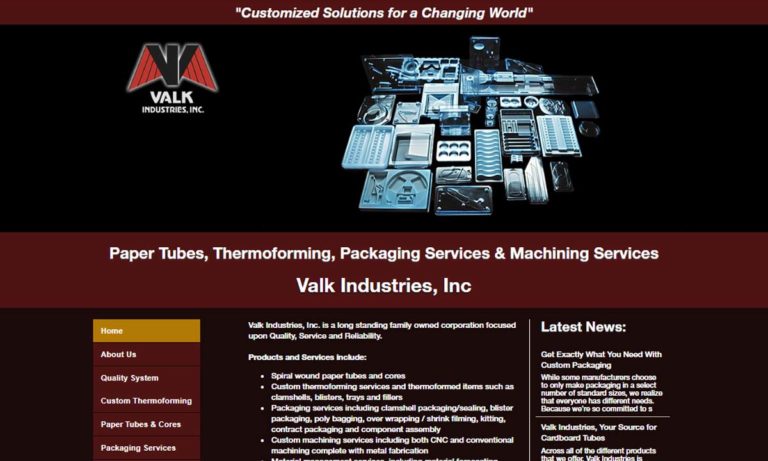
Western Container partners with the world`s top spiral tube equipment designers & paperboard manufacturers, to bring our customers the very best paper tubing and precision cores.
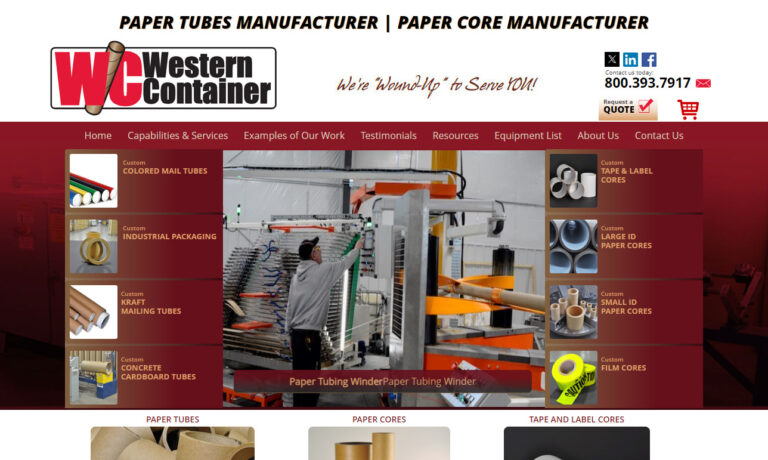
Chicago Mailing Tube is a premier manufacturer of custom paper tubes, containers, and cores, providing products that are both high quality and economical. CMT has been meeting custom size and design requirements for its customers since 1902.

Here at Paper Tubes and Sales we are a proven manufacturer of high quality cardboard tubes. These products are ideal for a multitude of industries and our teams are available to assist you with determining the best paper tube for your application.
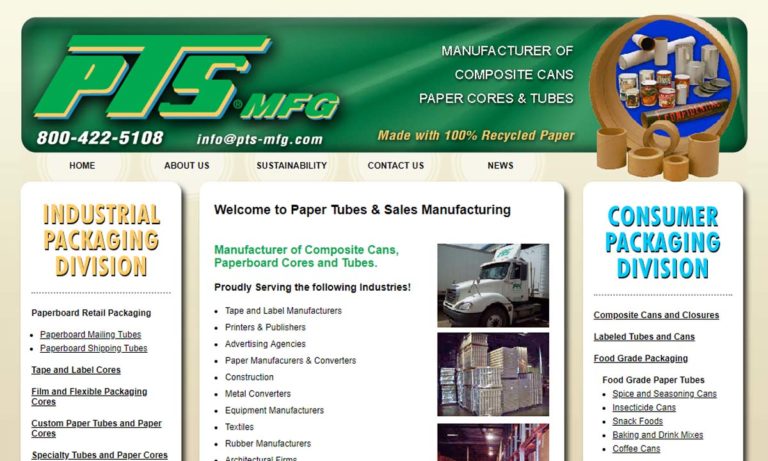
Marshall Paper Tube Company designs and manufactures custom labeled cans, tubes, and mailings. We can create amazing custom designs in full color for your product or brand. We also provide specialty items like coin collection banks and fundraising cans. All of our products are made in the United States of America and out of 100% recycled paperboard in an effort to stay “green.”
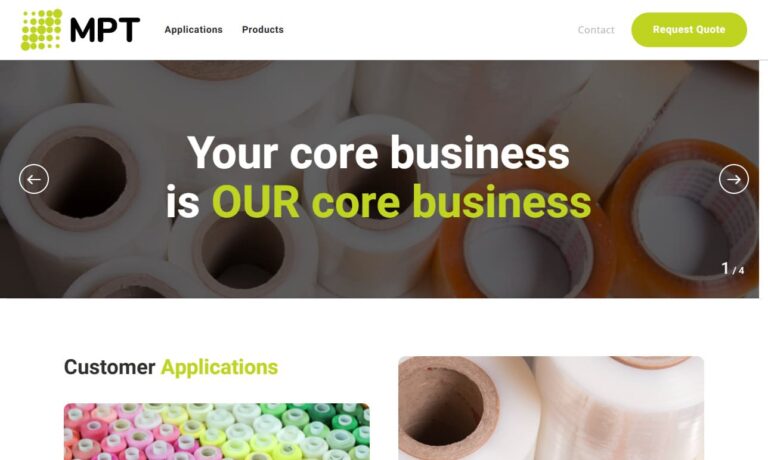
More Convolute Tube Manufacturers
Convoluted tubes have more beam strength than their spiral counterparts, thanks to their structure. Since smaller interior diameters are simpler to obtain and can sustain internal pressure more reliably thanks to their single-sheet production technique, convolute tubes are perfect for use as pyrotechnic cardboard tubes. Additionally, convolute tubes’ single-sheet production method makes it simple to add a flap to the outside of their convolutes, which is advantageous in applications such as textiles.
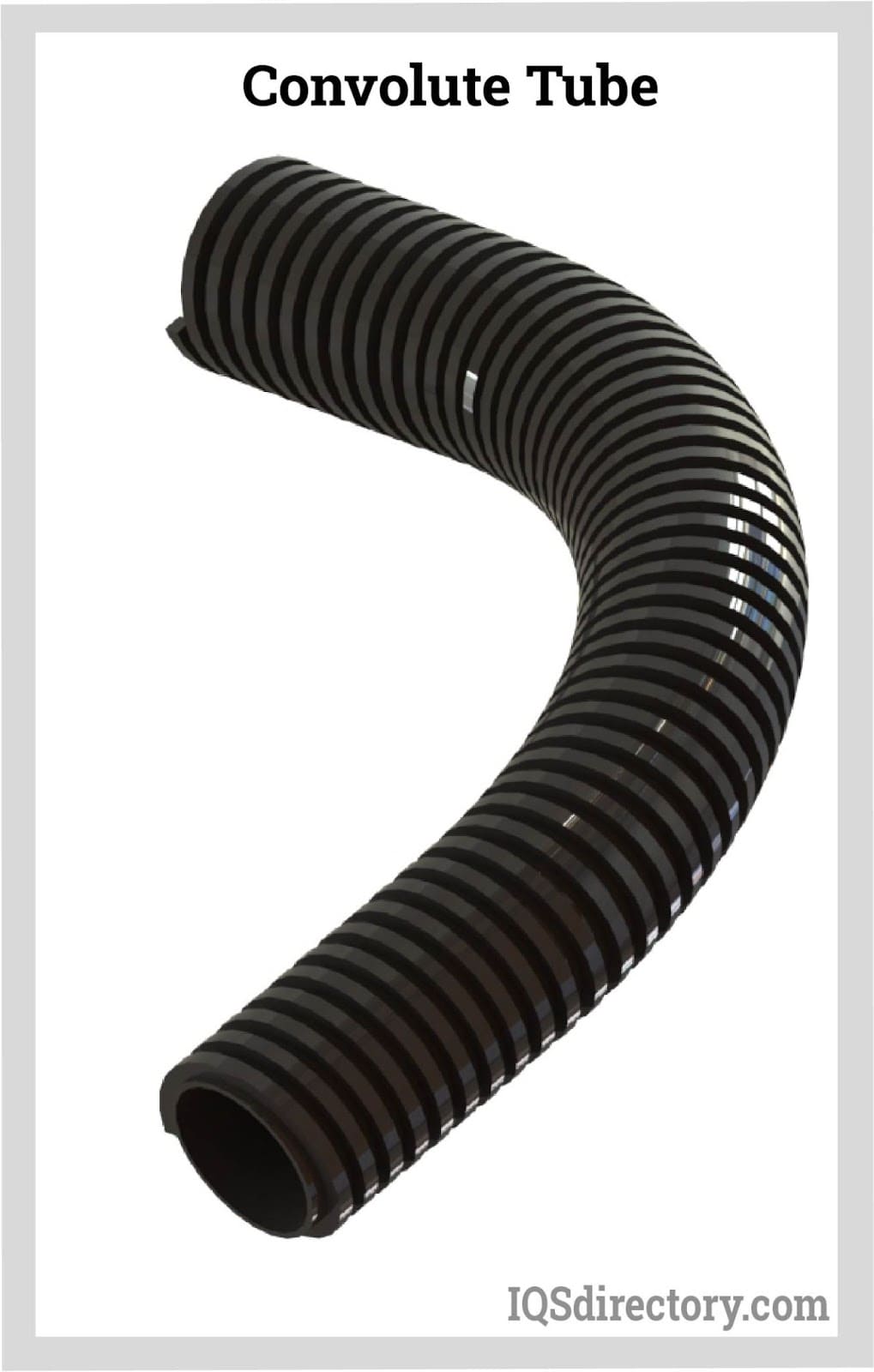
Applications of Convolute Tubes
- Convolute tubes are used to identify wire bundles using different colors.
- Convolute tubes provide protection from liquids.
- Convolute tubes are used in applications where vibration is a significant factor.
- Convolute tubes provide additional safeguards for wire harnesses.
- Convolute tubes are used in robotics applications.

This kind of tubing works well in a variety of settings and applications. Because of its coiled and twisted structure, which offers flexibility and heat resistance, it has unique protections. Its spiral convolutions, which have varying diameters, give it its circumferential strength. This modification allows the tubing to be coiled in small spaces and tucked between acute angles without endangering the wires. The automobile, telecommunications, electronic, maritime, and other industries use it frequently. The following materials are frequently used to make convolute tubes:
- Polyethylene
- Nylon (PE)
- Polypropylene (PP)
- Polyester (PT)
A convolute cardboard tube has a higher beam strength (the level of protection from being cut), but a lower crush strength (the level of protection from being crushed), when compared to a spiral cardboard tube of the same dimensions. Convolute tubes and cores can be produced more simply than spiral tubes, thanks to a combination of the paper grain direction and winding orientation. Internal diameter (ID) and wall thickness range are extremely specific, and mandrel or manufacturing tool length determines the maximum tube width.
How Convolute Tubes are Made
- Convolute tubes were originally produced by using a smooth bore tube and pulling a wire down on this tubing to create convolutions. The wire was wrapped around the tubings and then fastened to the end of the tubing to maintain the convolutions. However, creating the convolutions was time-consuming, difficult, and inefficient for large-scale production. Eventually, newer equipment was designed to automate this procedure.
- Convoluted tubing employs twice as much material as a typical smooth bore tube, resulting in a tube that is internally reinforced to withstand higher pressures and resist collapse while providing more flexibility. It is, therefore, better able to turn and be wound between pieces of machinery.
- The fact that PTFE, or polytetrafluoroethylene...a synthetic fluoropolymer (an organic polymer containing fluorine), creates a very flexible convolute tube, and has a memory is among its distinctive qualities. It can still recall the original sizing requirements for which it was extruded. When a cuff is placed on the end of this tube, this becomes a defining characteristic between PTFE and FEP (the copolymer known as fluorinated ethylene propylene) convoluted tubing. PTFE can remember its initial dimensions, so when heated and the cuff is produced, it naturally returns to those dimensions. This trait enables an operator to size a die's cuff and produce a surface so smooth that it is impossible to detect that the die was ever convoluted.
- FEP convolute tubes are formed through extrusion, where they are shaped by being forced through a die. The die operator may occasionally need to exert more pressure on the tube when adding a cuff to remove the convolutions. It is possible to create a reasonably smooth cuff, but one will always be able to make out the lines inside the tube that indicate the beginning and end of each convolution.

Types of Convolute Tubes
Helical Convolute Tubes: Helical convolute tubes resemble a screw threading with one continuous convolution spiraling along their length. These tubes are used with electrical wiring systems that need flexibility, high-temperature performance, and exceptional resistance to a range of fluids. They are used in both the military and private aerospace sectors.
Annular Convex Tubes: Annular convex tubes feature a series or parallel convolutions along their length. Convoluted tubing is incredibly light and provides excellent resistance to mechanical damage through strong crush strength and abrasion resistance.
Choosing the Correct Convolute Tubes Supplier
To make sure you have the most positive outcome when purchasing Convolute Tubes from a Convolute Tubes Company, it is important to compare at least 4 Manufacturers using our list of Convolute Tubes companies. Each Convolute Tubes Supplier has a business profile page that highlights their areas of experience and capabilities and a contact form to directly communicate with the manufacturer for more information or request a quote. Review each Convolute Tubes business website using our patented website previewer to get an idea of what each company specializes in, and then use our simple RFQ form to contact multiple Convolute Tubes businesses with the same quote.






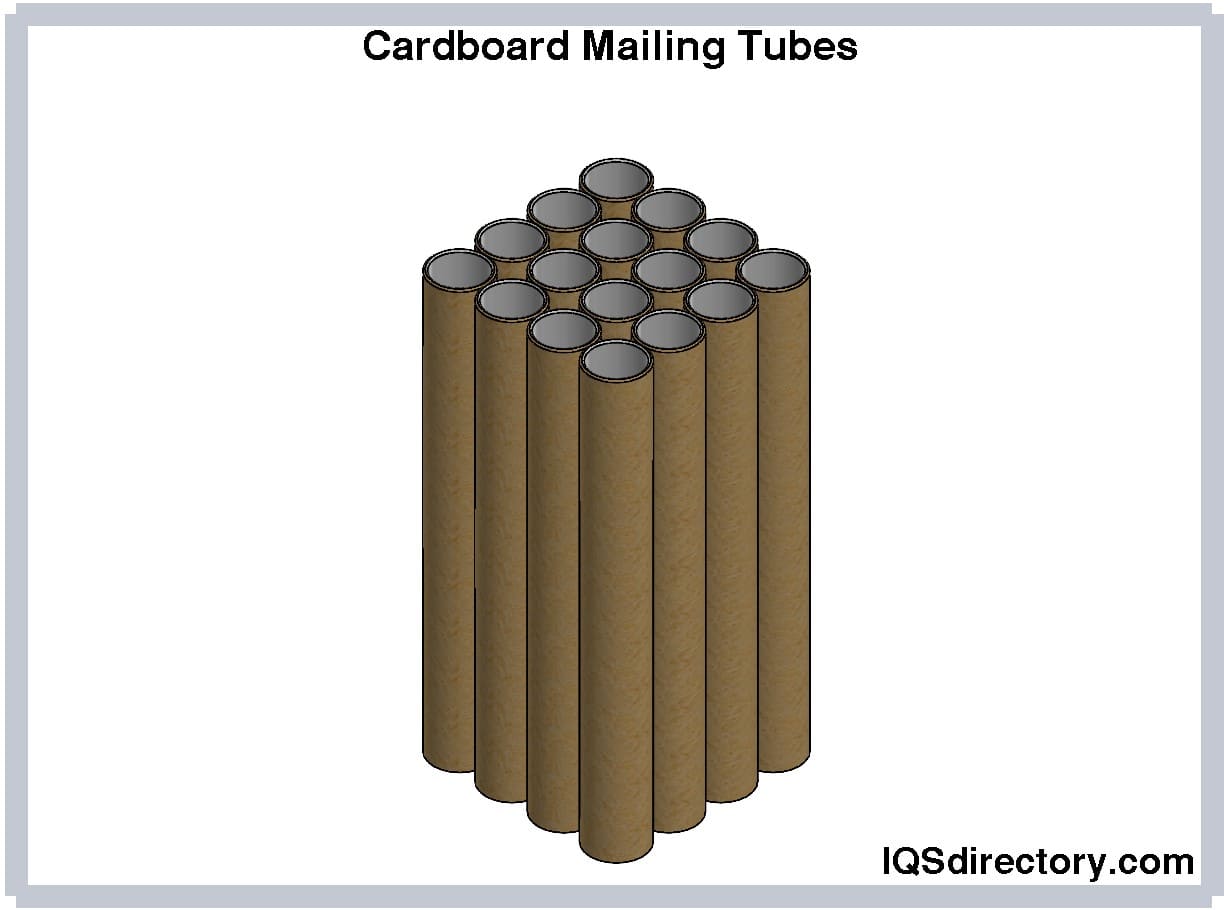
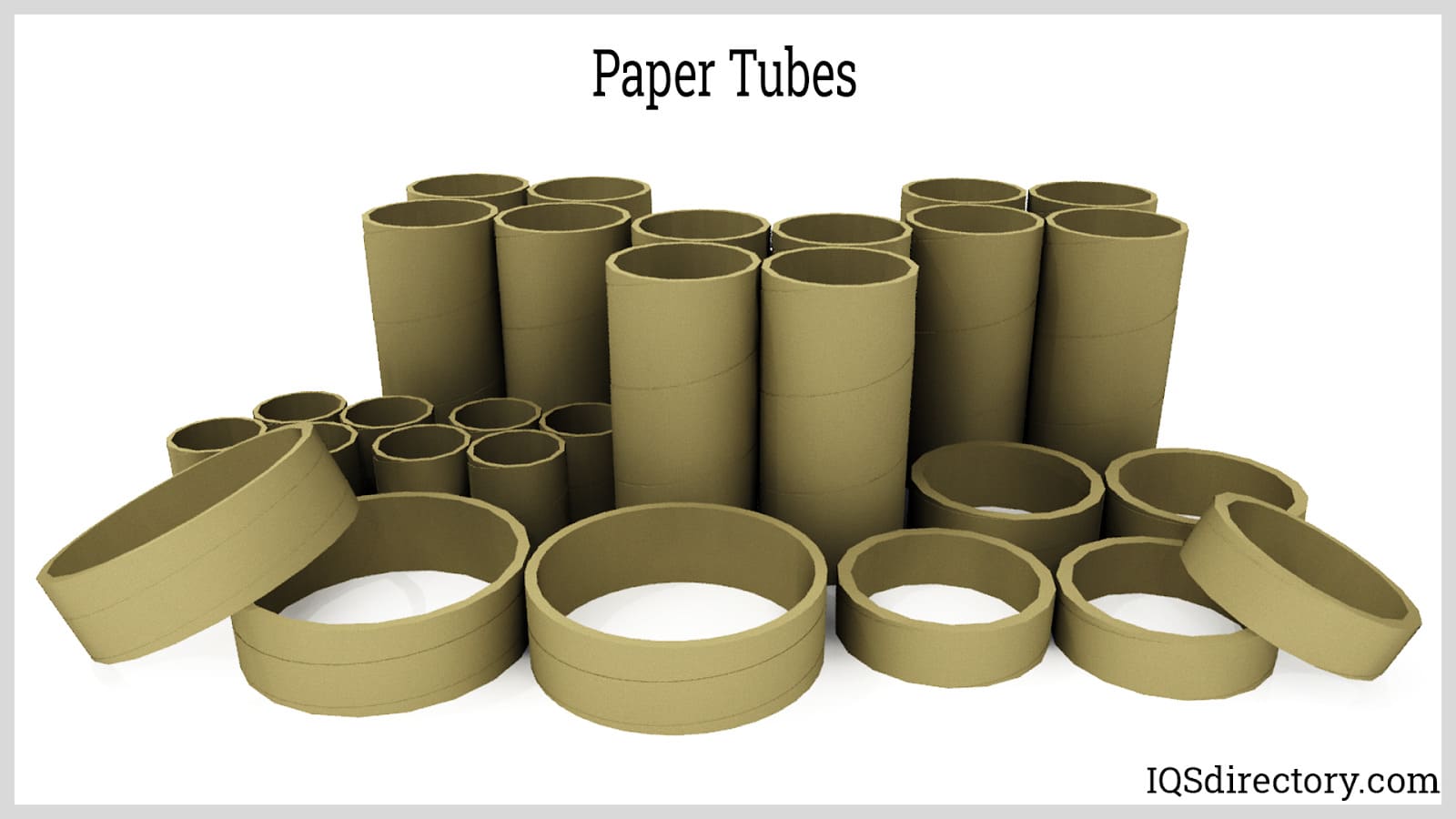
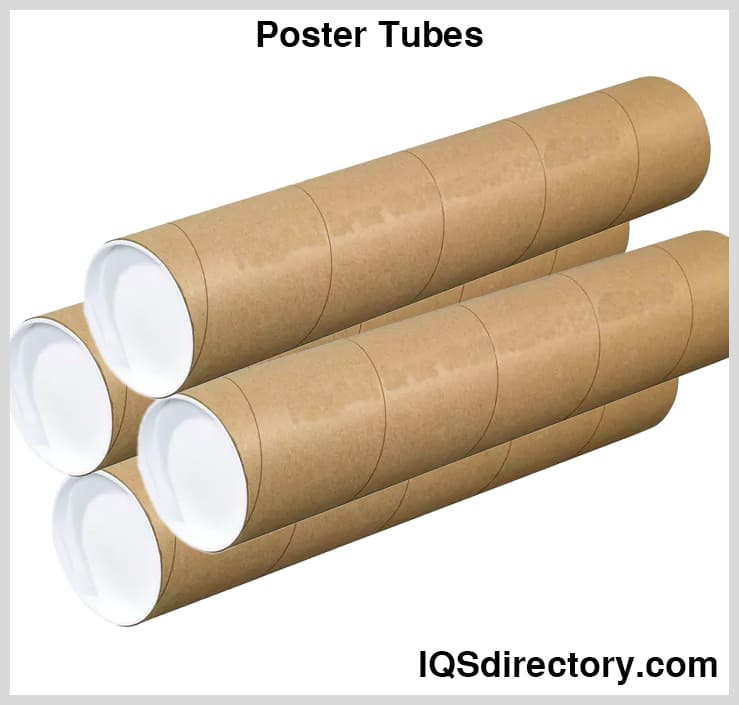
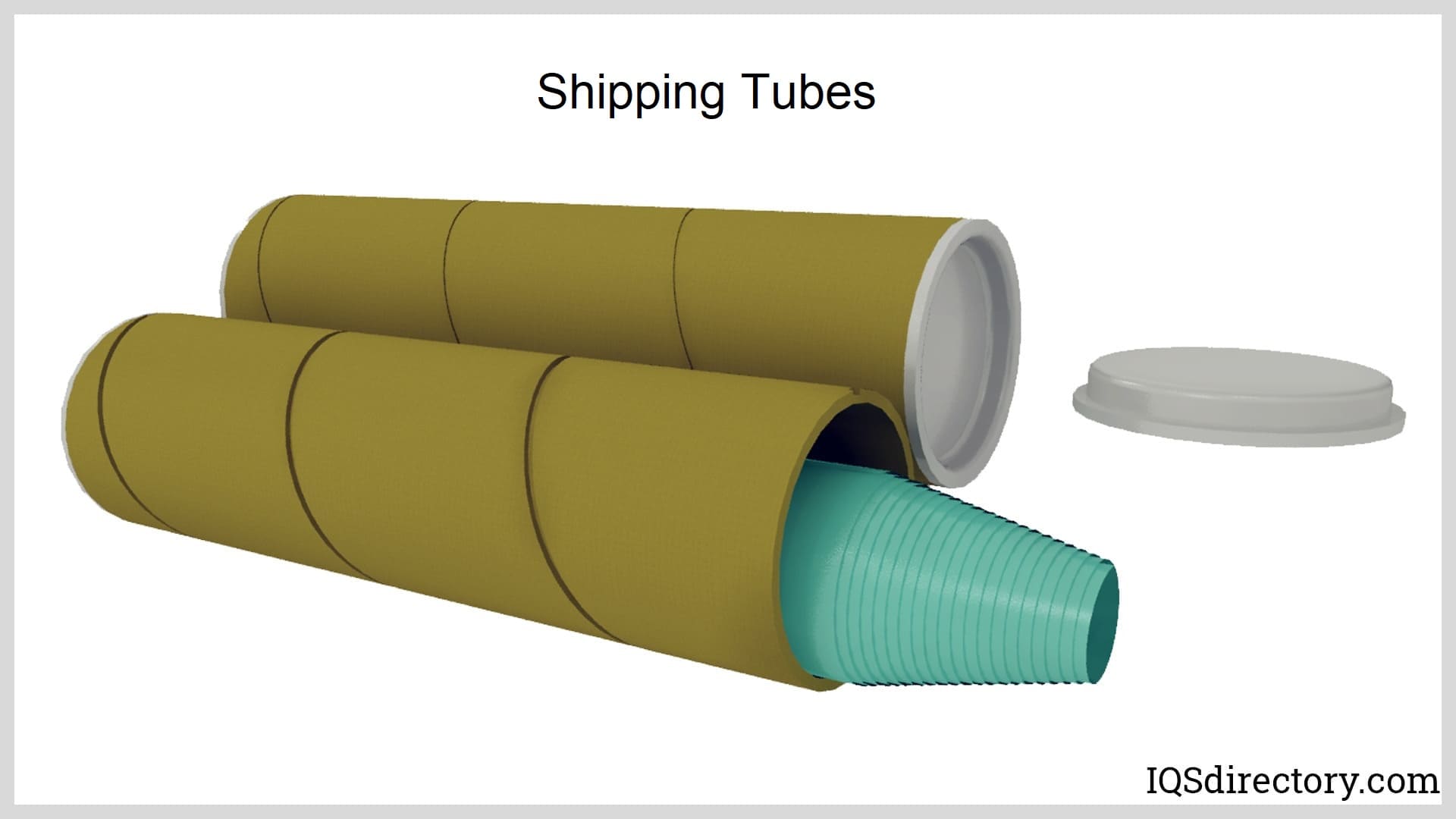
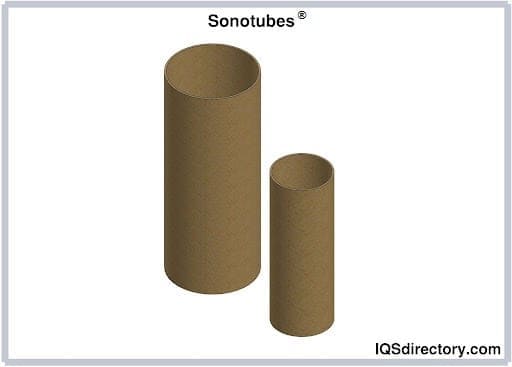
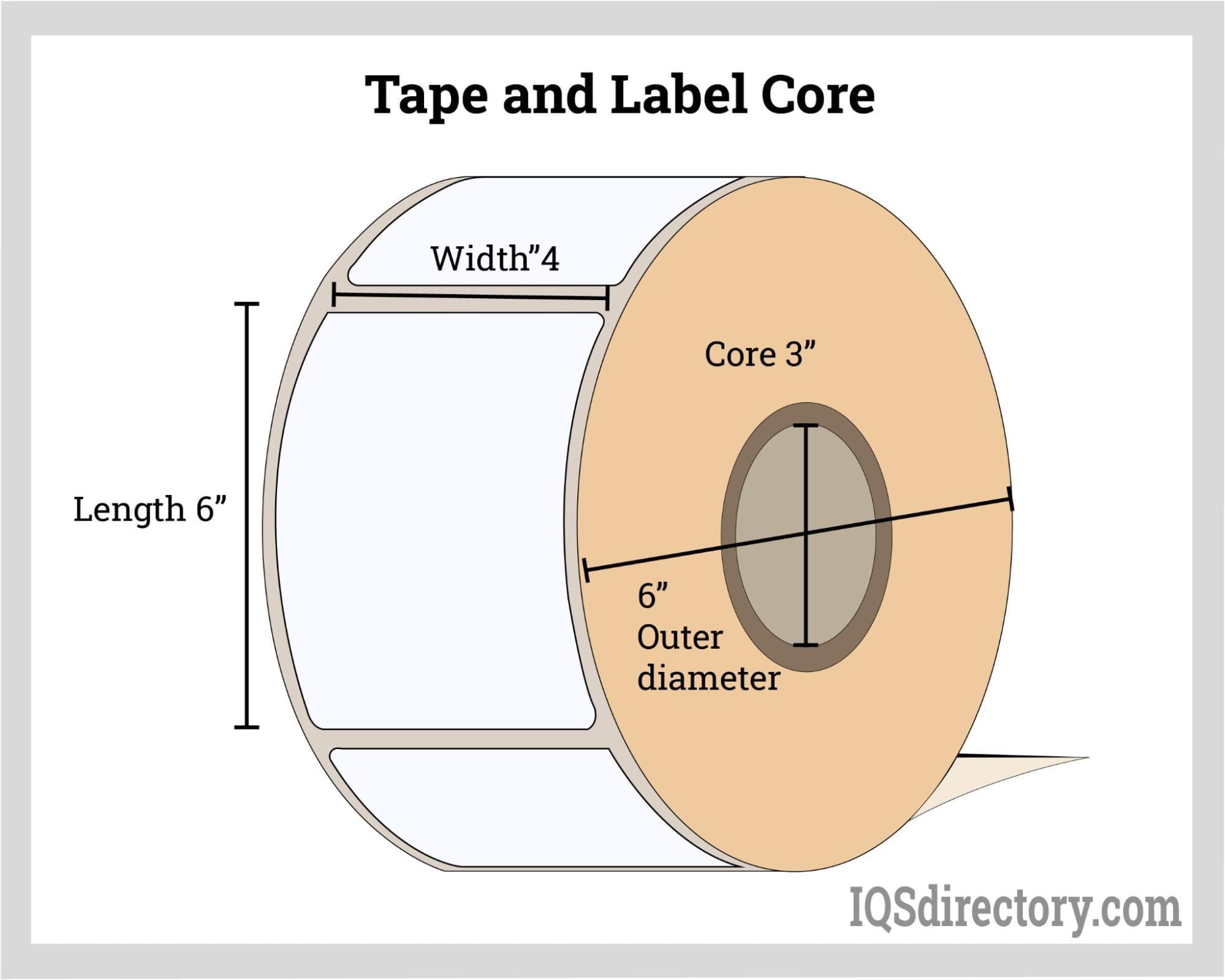

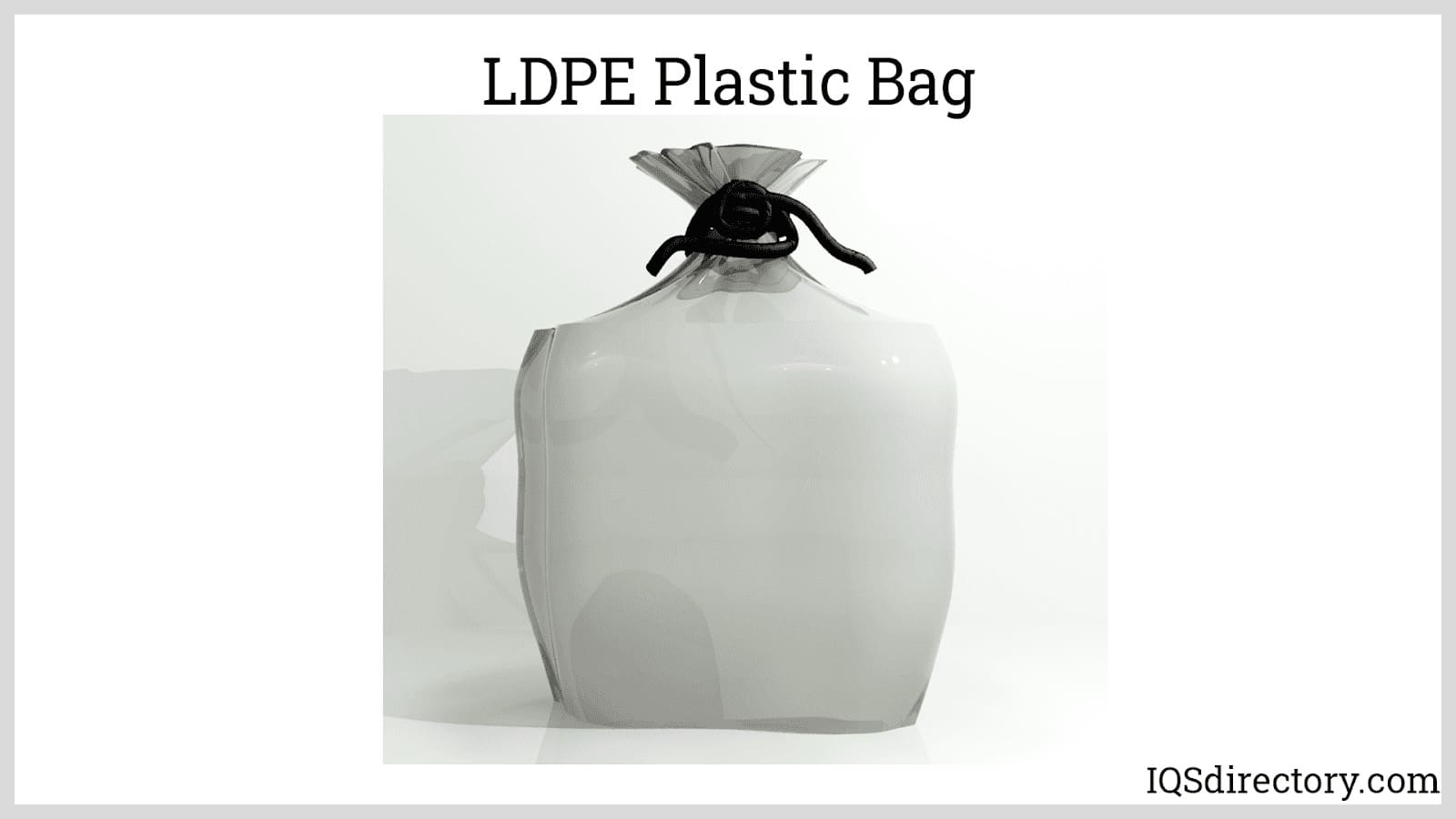
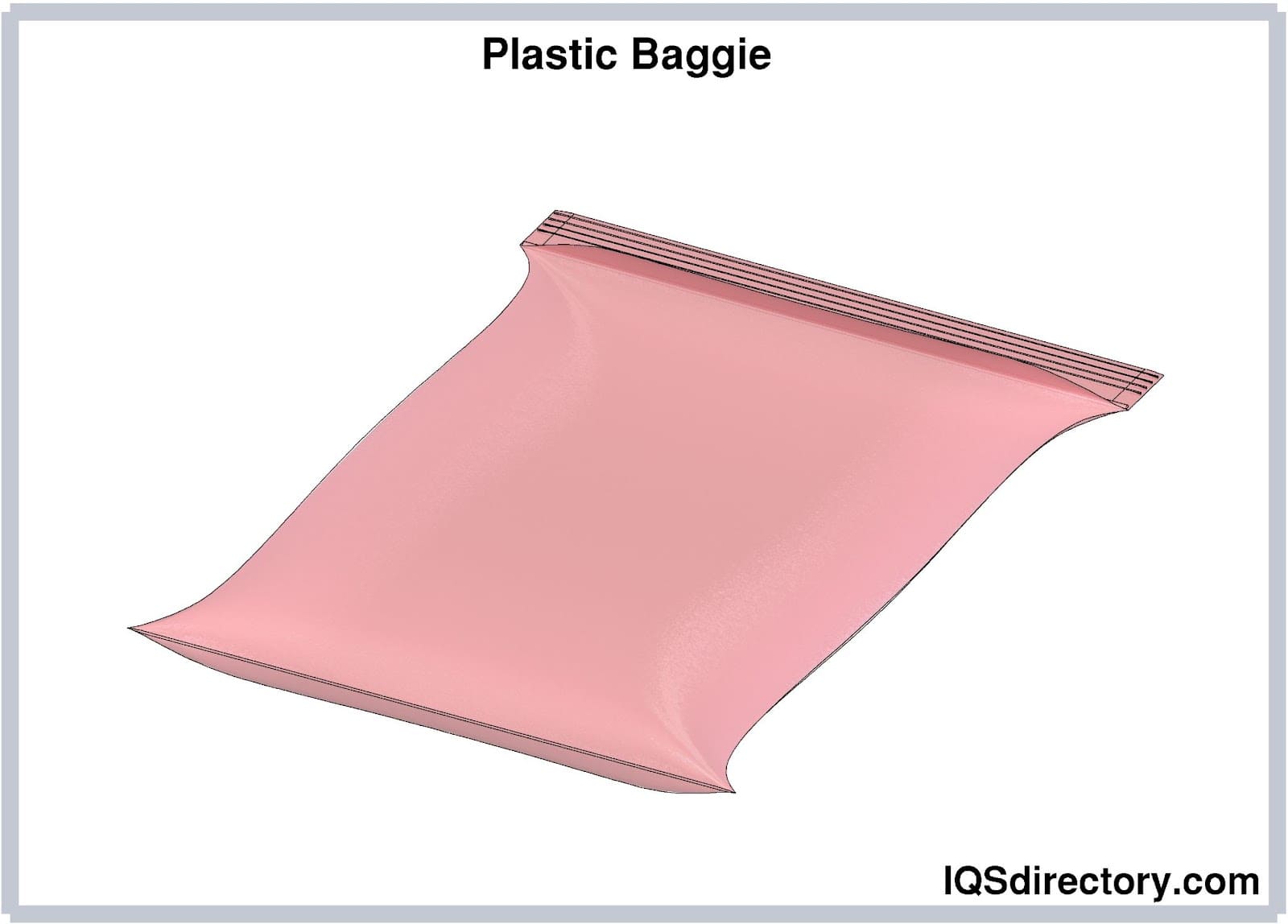
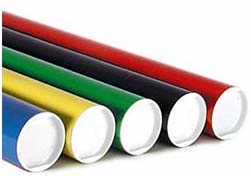 Cardboard Tubes
Cardboard Tubes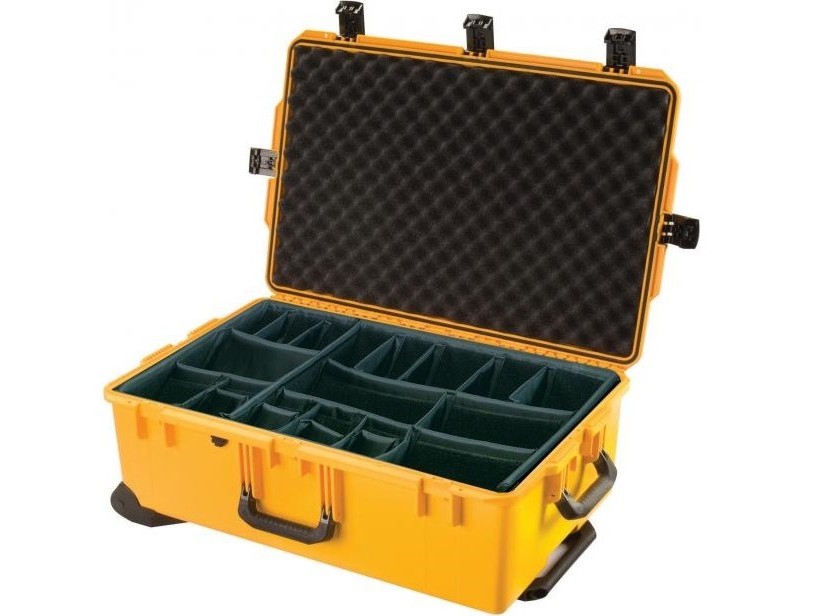 Carrying Cases
Carrying Cases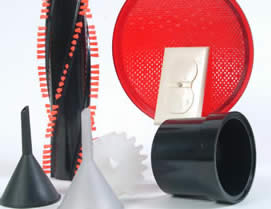 Contract Packaging
Contract Packaging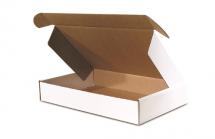 Corrugated Boxes
Corrugated Boxes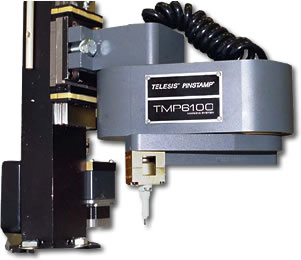 Dot Peening Machines
Dot Peening Machines Labeling Machinery
Labeling Machinery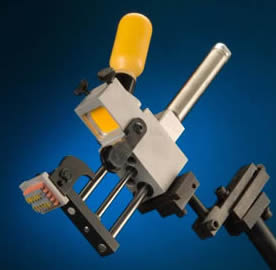 Marking Machinery
Marking Machinery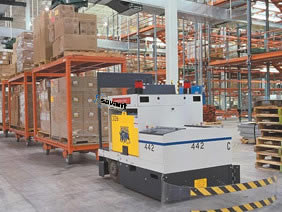 Packaging Equipment
Packaging Equipment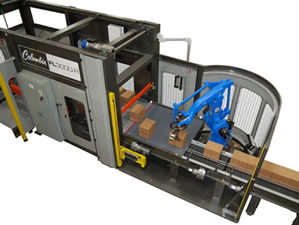 Palletizers
Palletizers Plastic Bags
Plastic Bags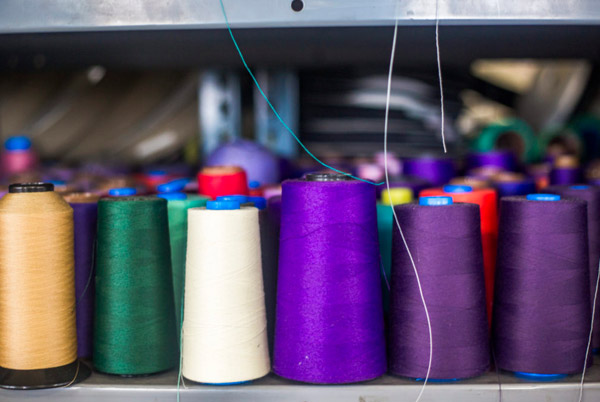 Sewing Contractors
Sewing Contractors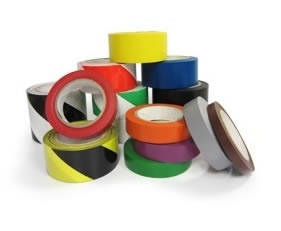 Tape Suppliers
Tape Suppliers Castings & Forgings
Castings & Forgings Bulk Material Handling
Bulk Material Handling Electrical & Electronic Components
Electrical & Electronic Components Flow Instrumentation
Flow Instrumentation Hardware
Hardware Material Handling Equipment
Material Handling Equipment Metal Cutting Services
Metal Cutting Services Metal Forming Services
Metal Forming Services Metal Suppliers
Metal Suppliers Motion Control Products
Motion Control Products Plant & Facility Equipment
Plant & Facility Equipment Plant & Facility Supplies
Plant & Facility Supplies Plastic Molding Processes
Plastic Molding Processes Pumps & Valves
Pumps & Valves Recycling Equipment
Recycling Equipment Rubber Products & Services
Rubber Products & Services